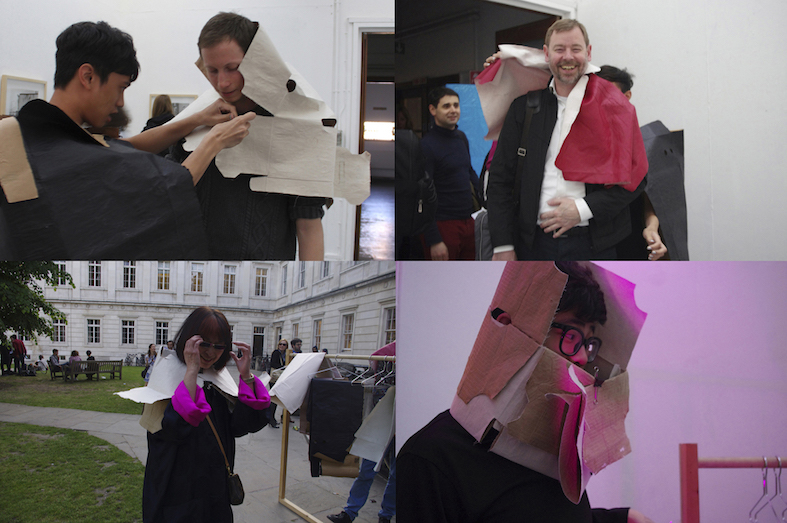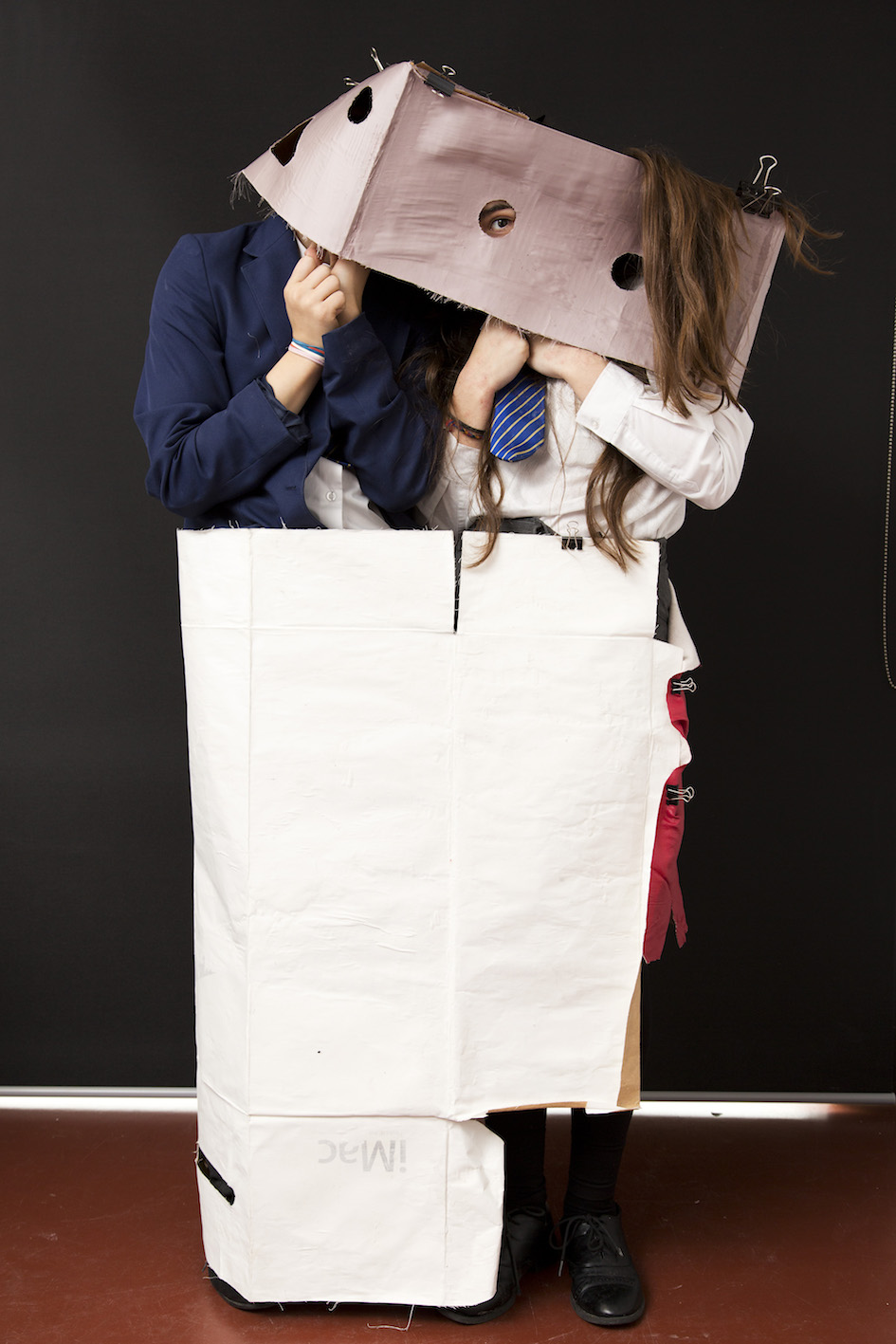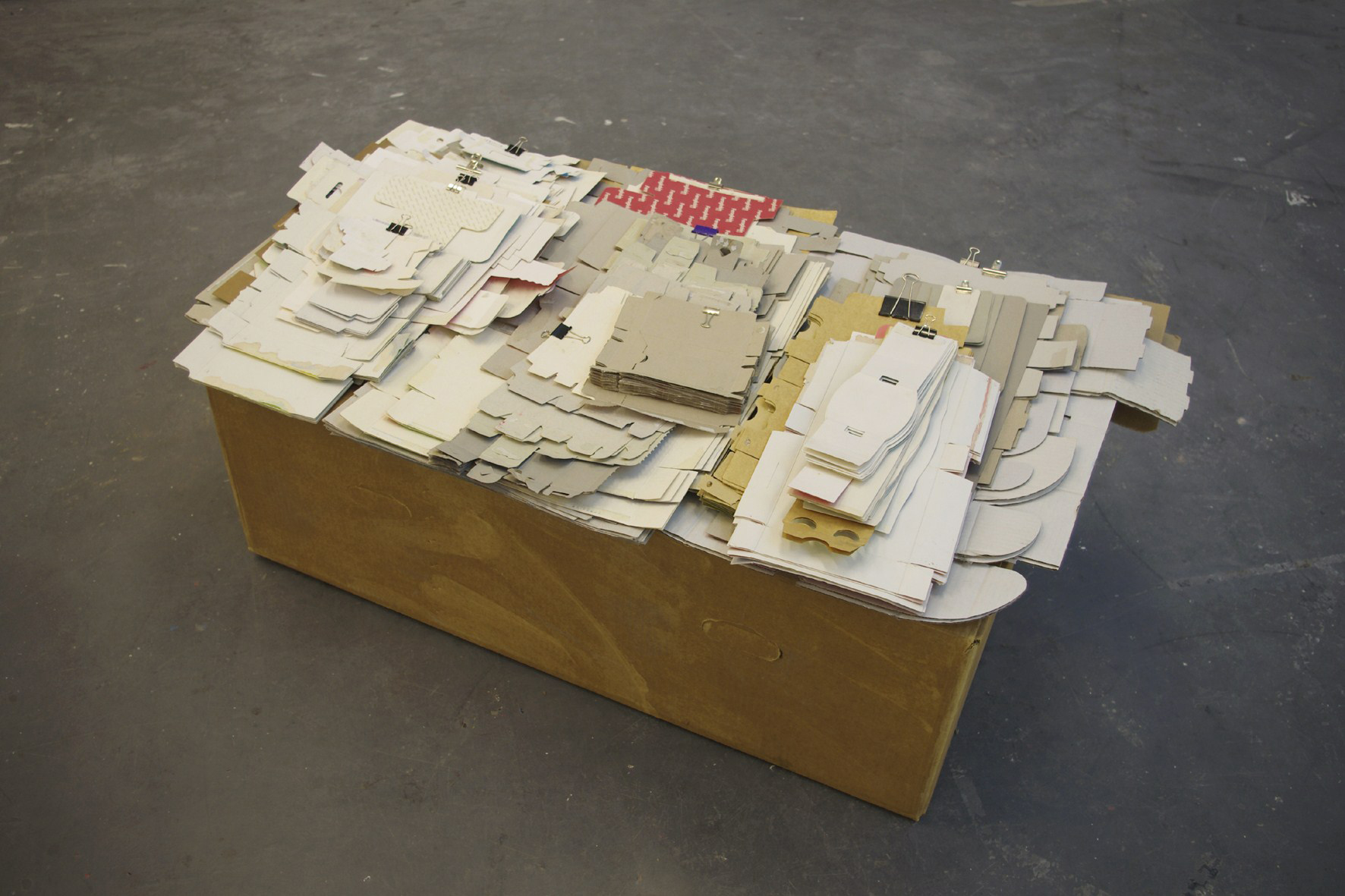Archive 2014 -
Archive 2014 -
SEAMS >>>>>

STACKS >>>>>
STACKS: unwanted heritage is based on the history of communist design of Zaspa neighbourhood in Gdańsk, built in the 1970s and 1980s.
Its image of a grey residential district consisting of large blocks of flats is the effect of financial deficits and policies of the Communist Block. But under the burden of concrete heritage’, it is forgotten that an inception of every living area is preceded by a precise concept of the future space. Ali designs are created in theoretical conditions, so they often result in futuristic ideas which are not possible to be fulfilled in practice, especially in countries under the Communist regime, like Poland of the time.
In 1969, SARP (Association of Polish Architects) launched an architectural and urbanistic competition for a conception of a new neighbourhood (afterwards termed ‘Zaspa’) located on a former airfield. The competition jury chose the design created by the local group of architects headed by Roman Hordynski. Their project was a great chance to rearrange the way of thinking about the low-income public housing. The winning authors divided the contest tasks territory into four smaller units marked with the first four letters of the alphabet. Hordynski and his team grouped blocks of flats in pyramidal complexes. The most distinguishing and quaint feature of the design was the buildings’ pattern close to hexagonal schemes which would create large green courtyards. The concept allowed to establish qualitative and valuable open spaces filled with small architectural facilities.
Tomaszewska, I. (2017). Dzielnica mieszkaniowa Zaspa w Gdańsku. Marzenie a rzeczywistość. Porta Aurea, (16), 211–238. <https://czasopisma.bg.ug.edu.pl/index.php/portaaurea/article/view/3112>

BOX patterns <wearables>


BOX <nets+designs>


